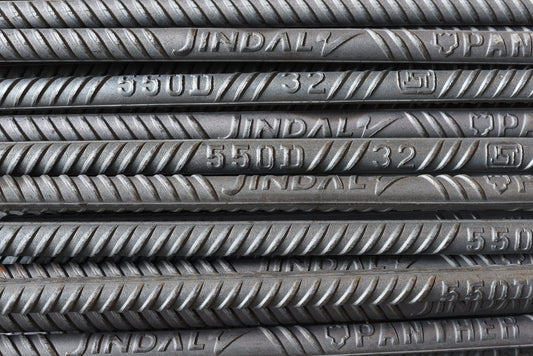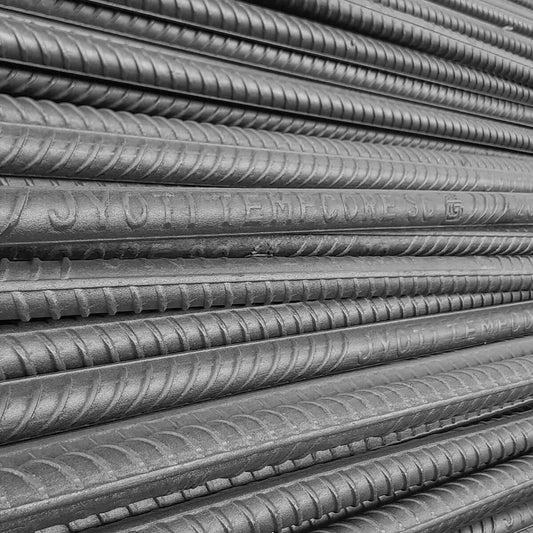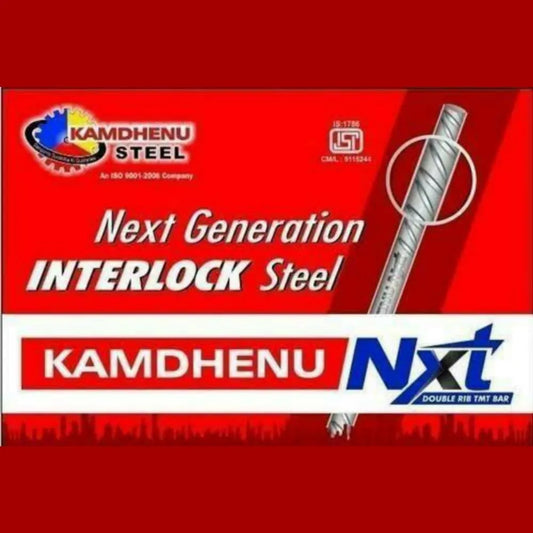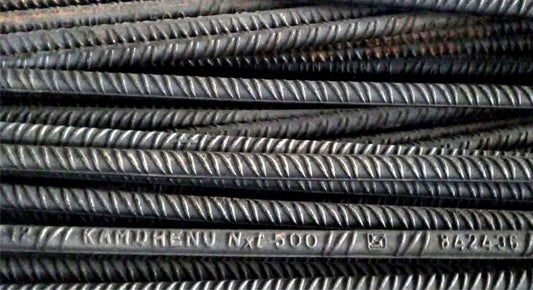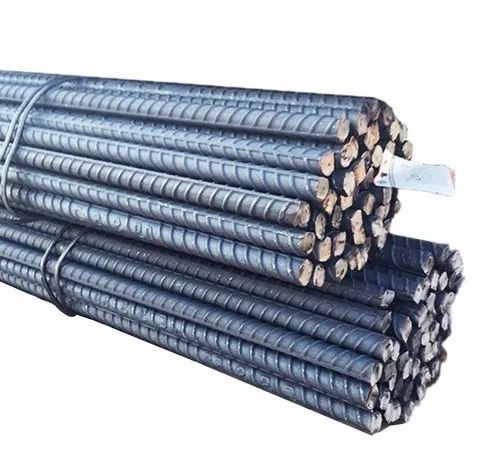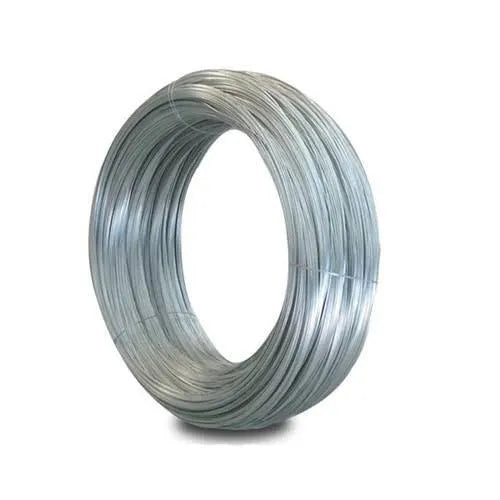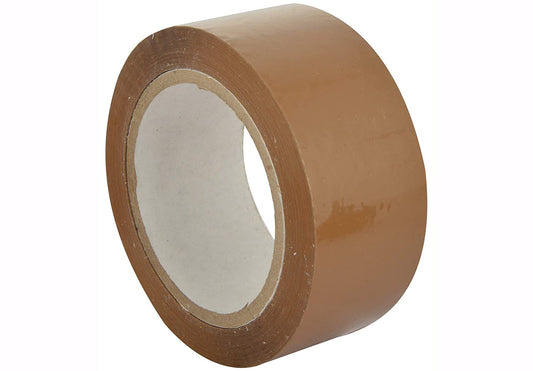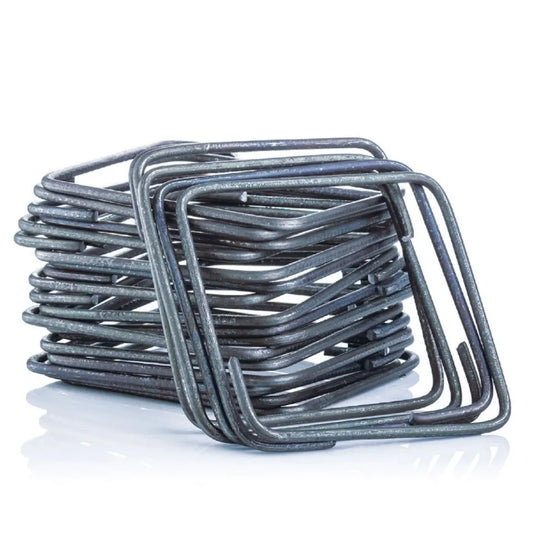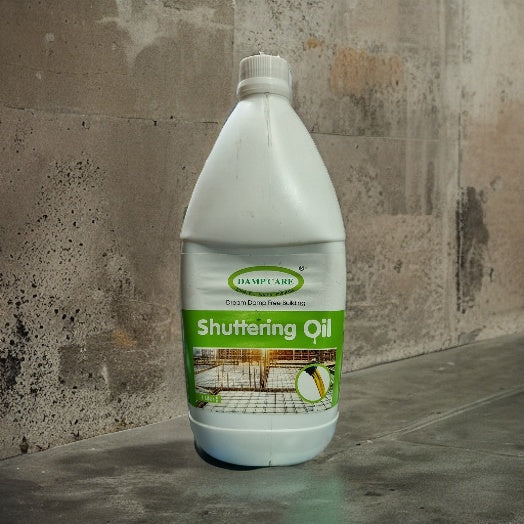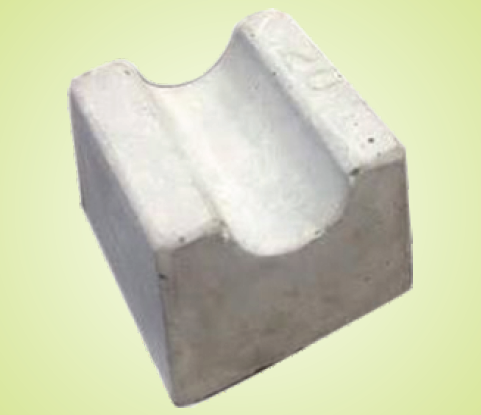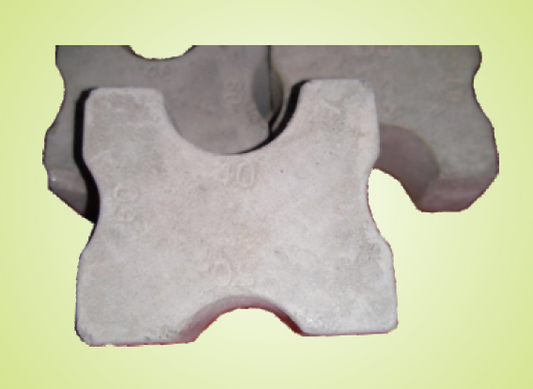Introduction
In the realm of construction, the choice of materials plays a pivotal role in determining the strength and durability of structures. One crucial component used extensively is TMT (Thermo-Mechanically Treated) bars. These bars, vital for reinforcing concrete structures, can be broadly categorized into two types based on their manufacturing processes: Primary TMT Bars and Secondary TMT Bars. In this blog, we will delve into the intricacies of these processes, exploring the differences and implications for construction applications.
Primary TMT Bars:
Production Process: Primary TMT Bars are manufactured through a primary steel-making process. This involves the conversion of iron ore into steel using methods such as the blast furnace or electric arc furnace. This primary approach allows for a meticulous control of the steel's composition.
Raw Material Quality: The raw materials, including high-quality iron ore, used in primary steel-making contribute to the precise control over the steel's composition. This control is crucial for achieving consistent and desirable properties in the final TMT bars.
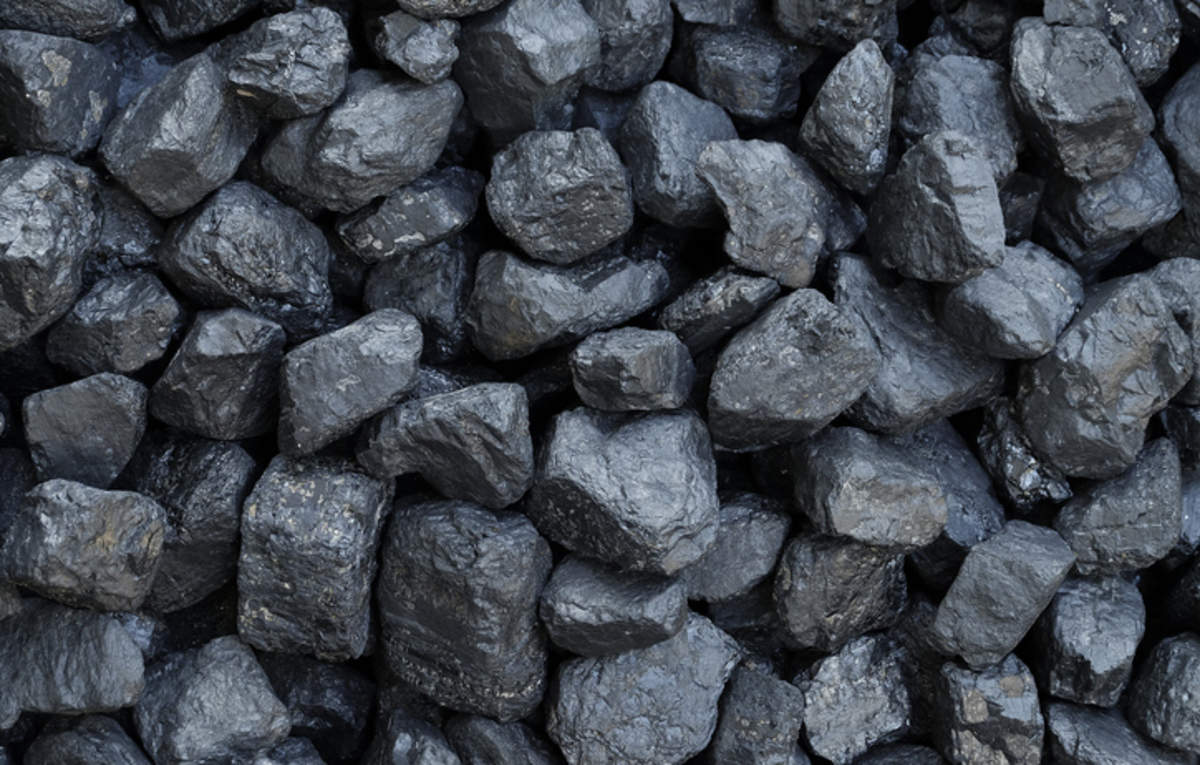
Characteristics: Primary TMT Bars are characterized by their consistent and controlled properties. The entire steel-making process is carefully managed, ensuring that the bars meet specific standards and requirements. This makes them a preferred choice in construction projects where predictability and reliability are paramount.
Secondary TMT Bars:
Production Process: On the other hand, Secondary TMT Bars are produced through secondary steel-making processes, which involve refining molten steel produced through primary processes. Recycled steel is often used as the raw material in this process.
Raw Material Quality: Recycled steel used in secondary steel-making may have variable compositions based on the source material. The quality and properties of the raw material can vary, influencing the characteristics of the final TMT bars.
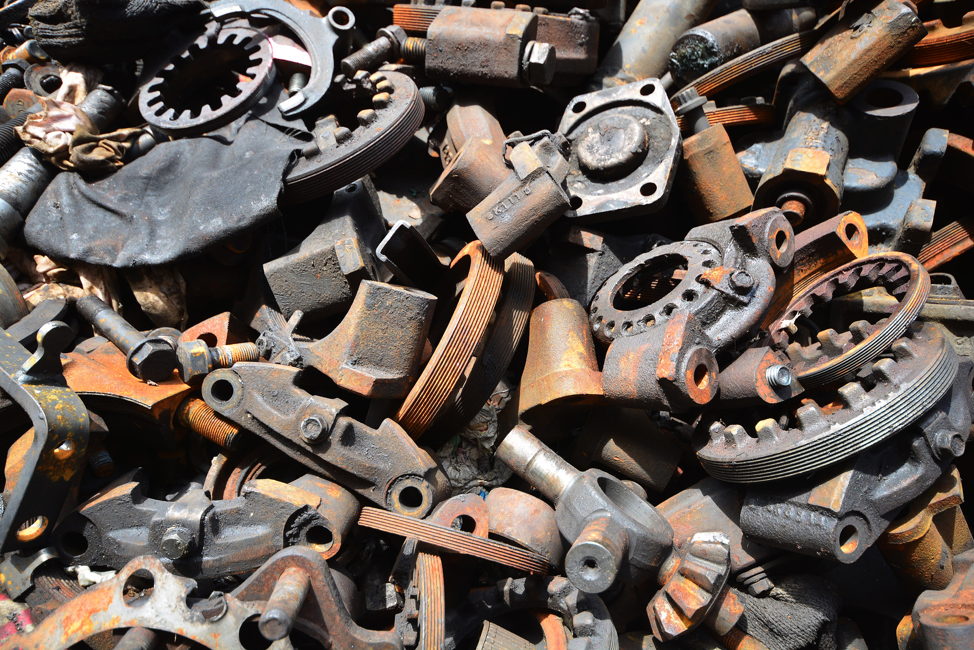
Characteristics: Secondary TMT Bars may exhibit variations in properties due to the recycled steel used. The properties of these bars could be influenced by impurities and alloying elements present in the recycled steel. While advancements in technology and quality control have improved the reliability of these bars, they may still have a degree of variability.
Conclusion
In conclusion, the choice between Primary and Secondary TMT Bars depends on the specific requirements of a construction project. Primary TMT Bars, with their controlled and consistent properties, are often preferred when precision and reliability are critical. On the other hand, Secondary TMT Bars can be a suitable choice in certain applications, considering factors such as cost-effectiveness and environmental sustainability due to the use of recycled materials. Ultimately, both types of TMT bars contribute significantly to the strength and longevity of structures, and their selection should align with the project's objectives and specifications.


